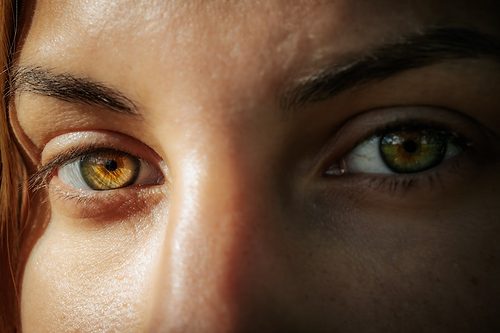Articles Tagged with ''research_updates''
Non-Physical Adverse Effects of ADs May Be Underreported
Section editor, Glen Spielmans, PhD
Glen Spielmans, PhD, has disclosed that he has no relevant financial or other interests in any commercial companies ertaining to this educational activity.
Read More
Chemical Imbalance’ Explanation Doesn’t Help Depressed Patients
Section editor, Glen Spielmans, PhD
Read More

_-The-Breakthrough-Antipsychotic-That-Could-Change-Everything.jpg?1729528747)



